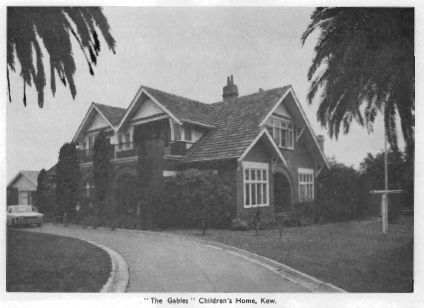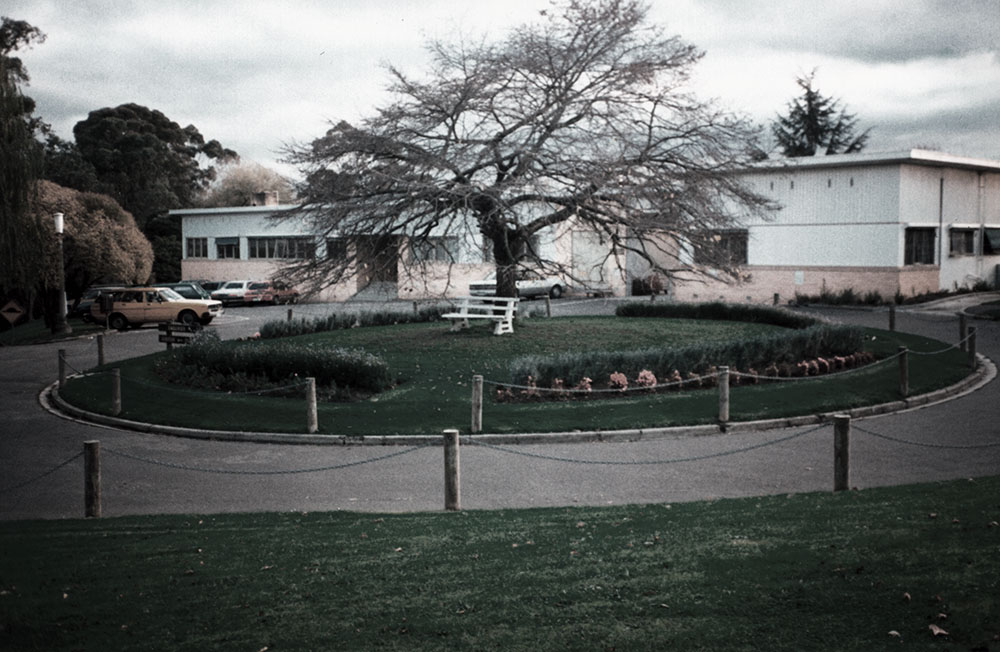
The Windsor Youth Welfare Service was established in 1973. It included a residential unit, and provided support and supervision for approximately 100 young women per year aged 13 to 18 years. Young women were referred to the Windsor Youth Welfare Service from regional Centres; Winlaton, Allambie and the Children’s Court. The Service also operated a…

The Gables was opened as a state-run children’s Home in 1962. It accommodated 25 children who were wards of the state, consisting of boys from 4 to 10 years of age and girls from 4 to 14 years of age. Most of the children accommodated at The Gables had either physical, behavioural or learning difficulties….
The Aboriginal Youth Support Service was a state-run youth welfare service, established in around 1973-74 in Brunswick.
The Melbourne Youth Justice Centre is a high security centre commissioned by the state government in 1993. It is located in the Parkville Youth Justice Precinct, and replaced the Turana Youth Training Centre. The Justice Centre is a custodial facility for males aged 15 to approximately 18, who have been sentenced to a Youth Justice…

The Nunawading Youth Residential Centre was established in 1991, on the former site of Winlaton. It accommodated young people from ten and fourteen years who had been sentenced to detention. It also provided youth training centre programs. In around 1992-93, its functions were consolidated at the former Baltara Reception Centre site and the new facility…
The Victorian Children’s Welfare Department began its Family Group Home Program in 1956. At first, each of the Department’s group homes accommodated eight children, under the care of a cottage mother (and often a cottage father too). By 1974 there were 40 Departmental homes housing 209 children in the inner and outer suburbs of Melbourne…
Windermere Child and Family Services takes its name from the location of the Melbourne Orphan Asylum from 1878, in Windermere Crescent, Brighton. Windermere came into being in the wake of changes at the Melbourne Orphanage. With the transition from institutional, congregate care to family group homes during the 1960s, the Orphanage became known as the…
The National Children’s Bureau dates back to 1971, when it was known as the Child and Family Welfare Council of Australia, a national peak body. In 1986, it was incorporated as the Children’s Bureau of Australia. From 1990, supported by Family Action, the National Children’s Bureau of Australia was a leading children’s advocacy and research…
The Victorian Freedom of Information Act 1982 gives you the right to access documents about your personal affairs and the activities of government agencies; and the right to request that incorrect or misleading information held by an agency about you be amended or removed. However, for privacy reasons not all information is automatically available. The…
The Secretariat of National Aboriginal and Islander Child Care (SNAICC), the national non government peak body in Australia representing the interests of Aboriginal and Torres Strait Islander children and families, was established in 1981.